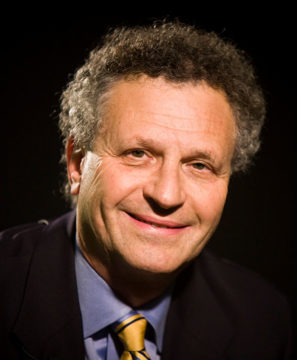
Venue: Centre Broca Nouvelle-Aquitaine
Invited by Daniel Choquet, hosted by Olivier Thoumine and David Perrais
Title
Hidden Networks of Aberrant Protein Transnitrosylation Contribute to Synaptic Damage in Neurological Diseases
Speaker
Stuart A. Lipton, MD, PhD
Neurodegeneration New Medicines Center and Department of Molecular Medicine, The Scripps Research Institute, La Jolla, CA 92037, USA;
Department of Neurosciences, University of California, San Diego, School of Medicine, La Jolla, CA 92093, USA;
Department of Neurology, Yale School of Medicine, New Haven, CT 06510, USA.
Abstract
We describe mechanistically-distinct enzymes, i.e., a ubiquitin protein hydrolase (Uch-L1), a kinase (Cdk5), and a guanosine triphosphatase (Drp1), which function in disparate biochemical pathways, that can also act in concert to mediate a series of redox reactions that contribute to neurodegenerative disorders. We show that each enzyme manifests a second, non-canonical function – transnitrosylating one another in a concerted fashion – triggering a pathological biochemical cascade in Alzheimer’s disease (AD). In this chemical redox reaction, NO (most likely in the form of nitrosonium cation or NO+) reacts with cysteine thiol (or more properly thiolate anion, R-S–). The S-nitrosylation reaction mechanism involves thiolate anion, as a nucleophile, performing a reversible nucleophilic attack on the nitroso nitrogen to form an SNO-protein adduct. The resulting series of kinetically and thermodynamically-favored transnitrosylation reactions results in mitochondrial fragmentation, bioenergetic compromise, and consequent synapse loss, the major pathological correlate to cognitive decline in AD. Moreover, we develop a quantitative method based on a series of Nernst equations for thermodynamic assessment of the reactions at steady state, as might be expected to occur in a chronic disease. This analysis revealed Gibbs free energies that predict the spontaneous forward reaction of the transnitrosylation cascade. While other potential members of the cascade remain to be determined, this work shows that non-canonical pathways mediating a concerted cascade of aberrant transnitrosylation reactions can contribute to the pathogenesis of neurodegenerative disorders. We conclude that enzymes with distinct primary reaction mechanisms can form a completely separate network for aberrant transnitrosylation. We also discuss potential therapies to prevent the resulting loss of synapses and cognitive function due to these aberrant nitrosylation reactions in AD brain.

